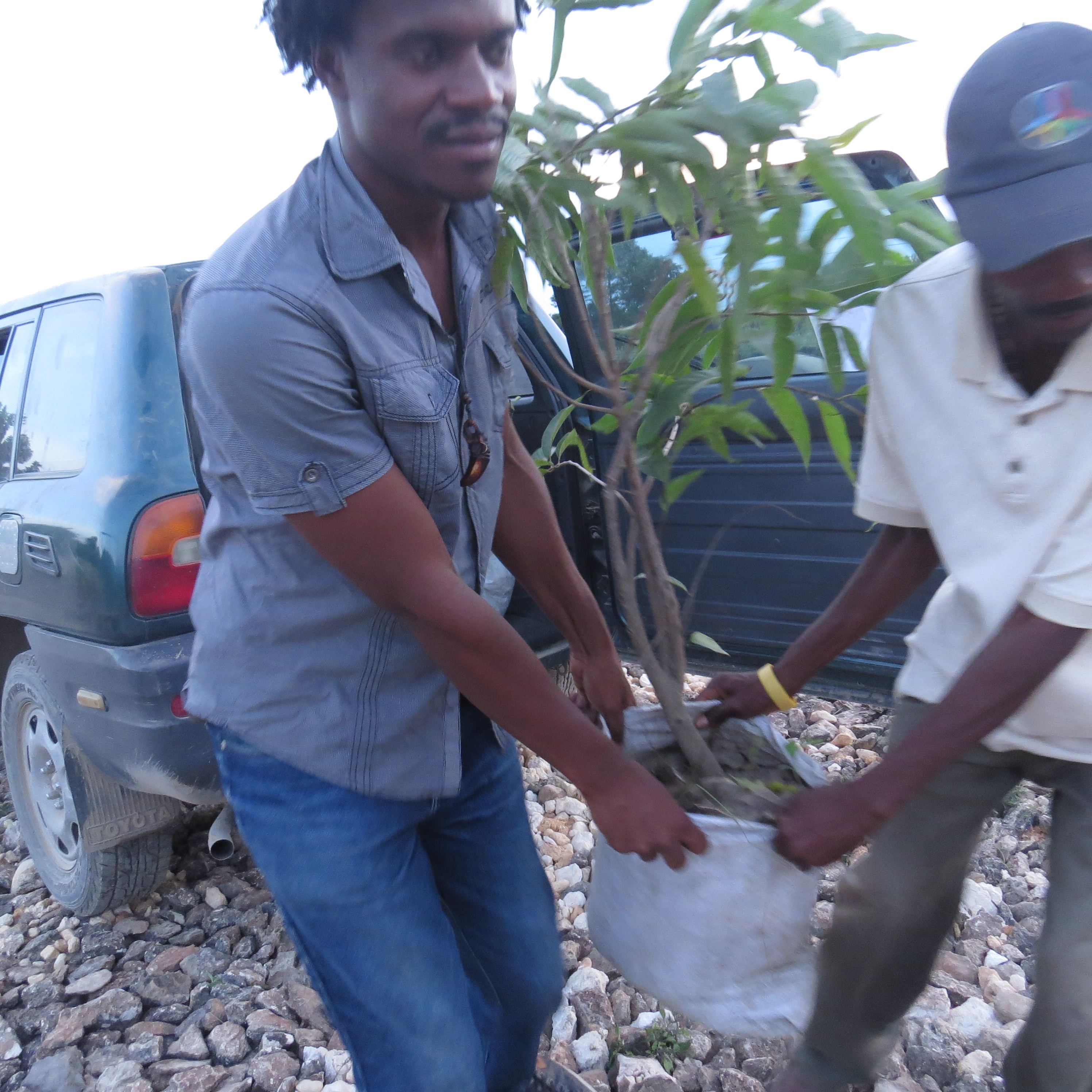 |
| One of the signs made for Griffin Falls Camp Site. |
Mabira Forest was an area rich with animal life and local flora. But it was also experiencing a crisis, as poachers were depleting the area of animal life. There had to be a way to get the community invested in maintaining the life of this important forest, to see it as vital to the economic life of the community. That was the idea in developing the forest as an educational camp site, what would become a tourist attraction. That way, the community would be proud of, and invest themselves in, maintaining the ecological riches of Mabira Forest.
Some 72 community organizations participated in developing projects to generate income and careers from the wealth of the natural forest diversity. Projects ranged from making crafts, leading nature walks, making stoves that relied less on firewood, and ultimately the running of the camp itself. Since its beginning the camp has employed three guides, a receptionist, a caretaker, and two watchmen.
Visitors to the camp site can engage in a number of activities, for which the Mabira Forest Integrated Community Organisation (MAFICO), the NGO that runs the camp, charges a fee. Among these are Skyway/Zipline experience, nature walks, tracking MANGABEYS, bird watching, environmental education available to all levels of students, team-building exercises, and eco-safaris. The proceeds from these activities are returned back to the local community, for such things as planting more trees and improving sanitation.
Now, Aaron's involvement was focused on the skills that he could provide to the effort. He created posters for the reception area. These would give visitors an idea of the biodiversity within the forest that they would visit and give a preview for students of their education via the forest. Once that was completed, Aaron set out to make larger posters that would be part of the educational curriculum, and would take into account students' age levels. As many teachers know, having educational aids in the classroom are invaluable to student learning. Because this was a large undertaking, local artists are continuing the work that he started.
 |
| One of the bird watching experiences. Binoculars are eco-friendly. |
 |
| A visitor enjoying the zipline in the forest. |
Click here: CHOCOLATE AND COCOA RECIPES GUIDE


























